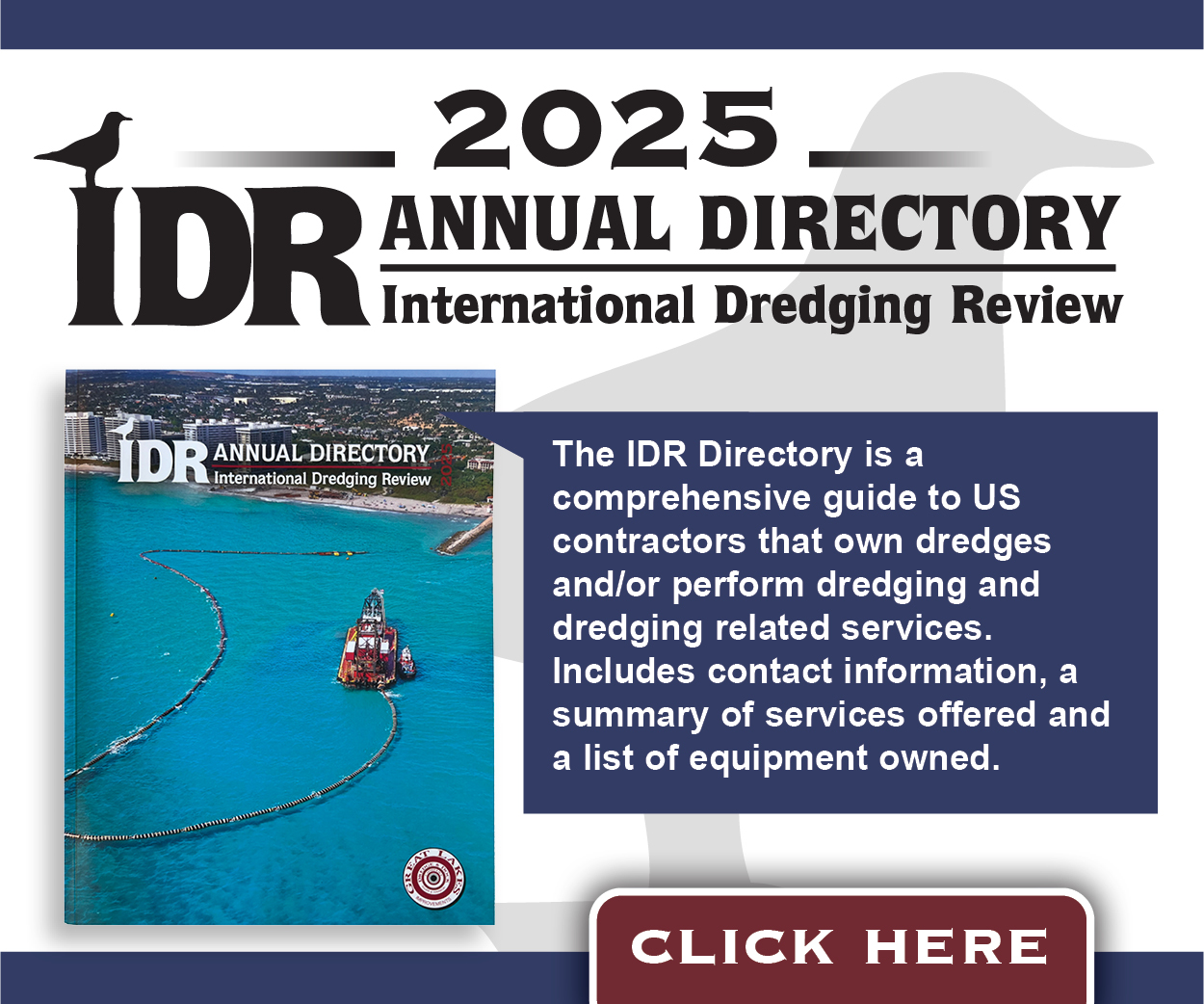Alliance for the Great Lakes Addresses the Impact of Data Centers
In August, the AGL released a study titled “A Finite Resource: Managing the Growing Water Needs of Data Centers, Critical Minerals Mining and Agriculture in the Great Lakes Region.” The study looked at the demand for water needed for the new data centers and other agricultural procedures.
On the one hand, the immensity of the Great Lakes and its interrelated systems of rivers, streams and groundwater can seem like an infinite resource. On the other hand, new data centers and agricultural techniques demand water at almost unimaginable levels.
For example, AGL’s report notes that hyperscale data centers can use more than 365 million gallons of water a year, equivalent to what 12,000 Americans use per year. These centers are projected to withdraw as much as 150.4 billion gallons of water over the next five years, as much as 4.6 million American households.
Groundwater and Lake Water are Linked
To be clear, it is groundwater supplies in the Great Lakes states that face the most direct challenges. Data centers are not setting up huge channels or piping systems to draw directly from a lake. The report states that the entire regional Great Lakes hydrology is closely interconnected, noting that the surface waters of the Great Lakes are not separate from groundwater. The report states that between 20% and 40% of the water flowing in and out of the Great Lakes originates as groundwater. Furthermore, between 40% and 75% of residents in Great Lakes states rely on groundwater as their drinking water source.
When groundwater aquifers are depleted faster than they are recharged, the spaces above the aquifer can collapse. The AGI reports that Chicago, Illinois; Columbus, Ohio; Indianapolis, Indiana; and Detroit, Michigan, are already subsiding because of compaction.
A top AGL concern focuses on “hyperscale data centers,” described as facilities covering more than 10,000 square feet and containing more than 5,000 servers operating 24 hours per day. The report states that the water used by the center is not returned to the watershed but is lost to evaporation.
The impact of data centers is heightened because more than 97% of the water used is purchased from municipal drinking water systems. The AGL states that these public systems do not report usage that is in complete alignment with the Great Lakes Regional Water Use Database. Consequently, that database might not accurately reflect total changes in consumption, leading to incorrect conclusions about water use and possible consequences from that demand.
Causes and Possible Corrections
The AGL study describes a number of economic and policy issues impacting groundwater use. Many Great Lakes cities are industrial centers with educated human talent and capital and energy infrastructure, where fiber optic networks and energy transmission lines are available. Those assets, plus water, are an appealing combination for site selection teams.
According to the report, the Great Lakes region has already seen tremendous growth in this sector, and it will continue. As of August 15, 2025, two Great Lakes states are in the top five in the nation for the number of data centers: Illinois and Ohio. Data centers are being constructed rapidly in the Columbus, Ohio, metro area.
With new projects, state and local officials may not be fully aware of related water demands. The AGL notes that many data center deals use nondisclosure agreements, which, when combined with gaps in existing state water management laws, pose challenges for states and local governments in both resource management and economic development.
State Responses
Karina Cheung is a spokesperson for Ohio’s Department of Natural Resources. “Ohio is at the forefront in each of the five areas proposed by the AGL,” Cheung said, and noted the following:
- Ohio has regional, comprehensive water studies underway now to evaluate availability and projected demands. The Central Ohio Study launched this year. Southwest and Southeast studies will start in late 2025 and early 2026.
- Regarding transparency, ODNR already has requirements for water use reporting and information that is publicly available. She added that ODNR does not enter into non-disclosure agreements and does not have authority over tax incentives.
- Ohio requires (since 1990) owners of facilities that can withdraw water at a quantity greater than 100,000 gallons per day (GPD) to register with the ODNR and report water use annually. Facilities that meet or exceed the thresholds (listed in the AGL report) are also required to apply for a Consumptive Use Permit.
- The ODNR Division of Geological Survey maintains a catalogue of groundwater mapping products. Most recently, the Groundwater Observation Well Network installed 12 new wells to monitor aquifer levels in northwest Ohio.
- Regarding conservation and efficiency, Ohio adheres to requirements in the Great Lakes-St. Lawrence River Basin Water Resources Compact, a water use reporting system that has been in place since 2010. Ohio law also requires ODNR to adopt voluntary standards consistent with the compact.
Cheung also said that the ODNR has the authority to deny permits for groundwater withdrawals if adverse resource impacts are predicted, and the agency can require water replacement for groundwater users impacted by a withdrawal. Plus, she said Ohio can suspend or revoke permits if unanticipated adverse impacts occur. She added that groundwater and property rights are legally protected in Ohio and that, as necessary, conflicts will move to Ohio’s courts for final decisions.
Adam Freihoefer, water use section manager at the Wisconsin Department of Natural Resources, said the AGL report was closely reviewed among his colleagues. He said that the report highlights some of the challenges facing Great Lakes regional water supplies.
Regarding groundwater management, Freihoefer said that in Wisconsin, water quantity decisions remain too site specific to be kept within the generalized policy ideas suggested by the AGL. He explained that Wisconsin communities larger than 10,000 people are required to develop a water supply plan, with a maximum planning period of 20 years. This plan is community specific, and a plan for Milwaukee can be very different than one for La Crosse.
With respect to the AGL report recommendation requiring registration and water withdrawal reporting for any project requiring more than 100,000 gallons/day, Freihoefer said that’s already a requirement of the Great Lakes-St. Lawrence River Basin Resources Compact. Some states limited the reporting area just to the system’s territory, not necessarily the entire state. In Wisconsin, reporting monthly water use for high-capacity surfaces and groundwater sources is a statewide requirement.
Jason Moeckel, assistant division director, ecological and water resources for Minnesota’s Department of Natural Resources, said the AGL’s report covers important and timely topics. In Minnesota, agricultural water demands have increased, and there is increased interest from large data centers. He added that the energy sector is using less, and municipal per capita use is trending downward.
Moeckel noted that methods for data center cooling are variable and changing. “There is a need for a comprehensive approach to evaluate tradeoffs between electricity consumption and water consumption, and those tradeoffs can be site specific,” he said. “Reliable data and standards are needed to evaluate.”
Minnesota requires a permit with reporting requirements for groundwater projects that use more than 10,000 gallons/day.
Moeckel said that Minnesota has restricted groundwater use in several locations to avoid degradation. It has policies for groundwater protection pertaining to resources, protecting surface water flows and safe yields. Moeckel said that setting those limits requires extensive data and analysis, which is especially challenging where aquifers aren’t well defined or mapped.
Read more about the regional and state policy recommendations from the AGL.

Sea Lamprey Control Initiative Enters Five-year Implementation Phase
The Supplemental Sea Lamprey Control Initiative (SUPCON) has entered a new, five-year implementation phase following several years of successful proof-of-concept research. Funded by the Great Lakes Fishery Commission, SUPCON expands... Read More

Alliance for the Great Lakes Addresses the Impact of Data Centers
The Alliance for the Great Lakes (AGL), a nonpartisan, nonprofit organization that works to protect, conserve and restore the Great Lakes, is investigating the impact of data centers and agricultural... Read More



